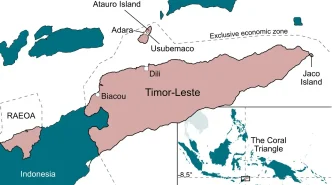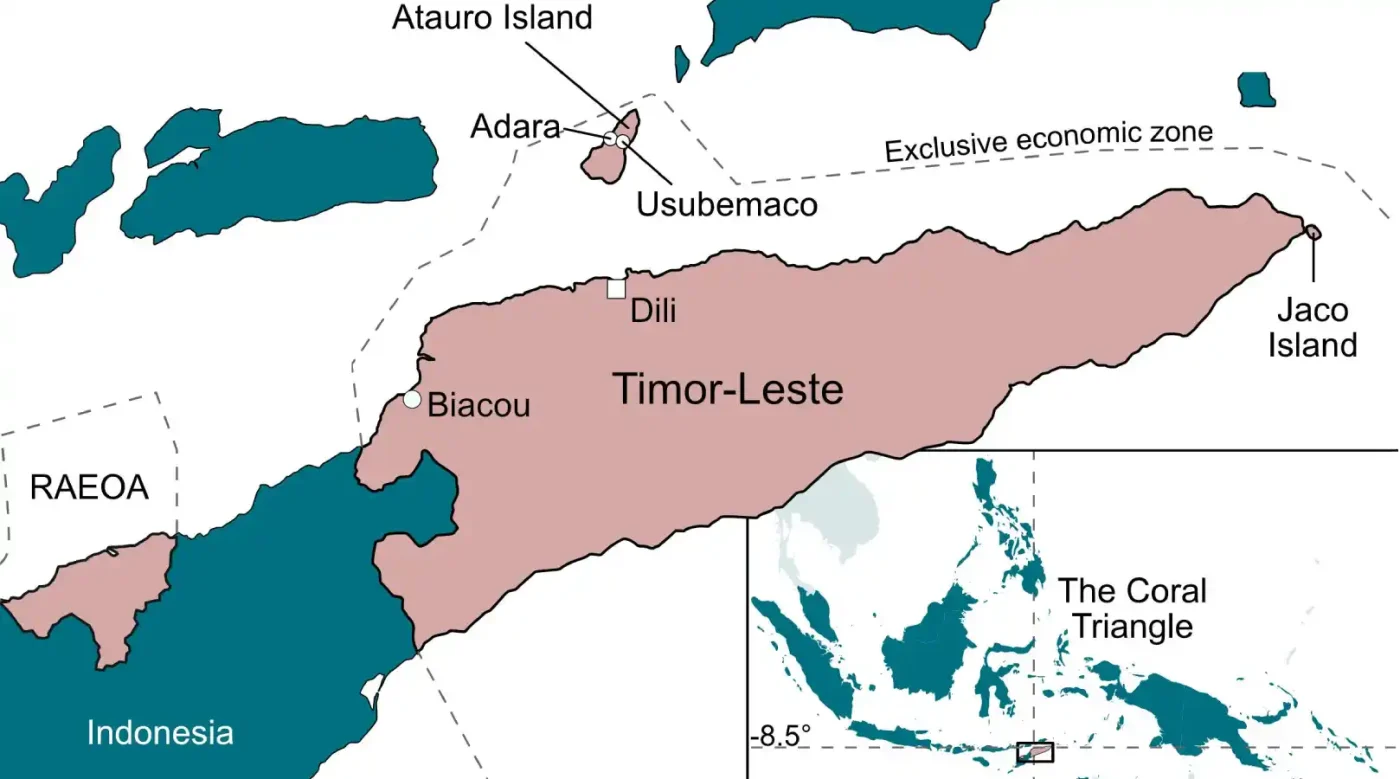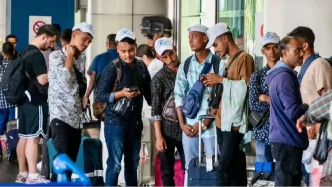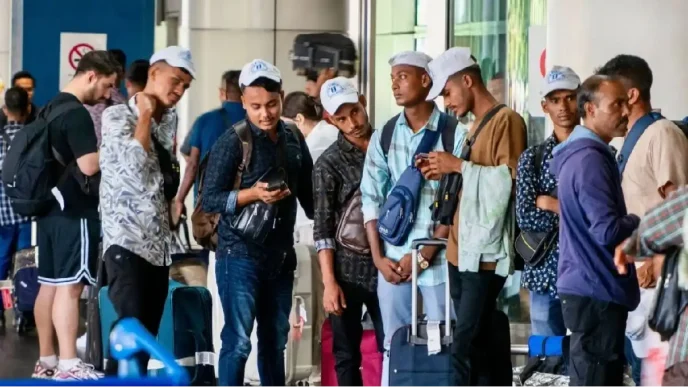In the heart of Southeast Asia, the relationship between Timor-Leste and Indonesia remains a complex tapestry of historical wounds, cultural ties, and untapped potential. As Timor-Leste marked its Independence Restoration Day on May 20, 2025, the solemn ceremonies in Dili underscored a national pride deeply rooted in a hard-fought struggle for sovereignty. Yet, across the border in Indonesia, perceptions of Timor-Leste often remain clouded by outdated stereotypes and lingering mistrust. With shared history and economic interdependence at play, the question looms: can these two neighbors forge a stronger, more collaborative future?
Historical Shadows and Modern Realities
The journey of Timor-Leste to independence is a story of resilience. Emerging from centuries of Portuguese colonial rule and a subsequent period of Indonesian occupation, the country achieved full sovereignty on May 20, 2002, under United Nations administration. In Dili, Independence Restoration Day is not merely a public holiday but a deeply emotional commemoration. Leaders, many of whom fought as guerrillas or operated as clandestine agents during the Indonesian era, imbue the ceremonies with a solemnity that contrasts sharply with the more festive tone of Indonesia’s Independence Day on August 17. This difference in national expression highlights how each country’s historical experience shapes its identity and public memory.
Despite the passage of over two decades since Timor-Leste’s independence, misunderstandings persist in Indonesia. Anecdotal evidence suggests that many Indonesians still view Timor-Leste through a lens of insecurity or instability, a perception possibly fueled by historical tensions and a lack of updated narratives. Questions about safety often arise among those unfamiliar with the current reality in Dili. Yet, Timor-Leste stands as the freest country in Southeast Asia according to the latest Freedom House report and ranks third in the region on the corruption perception index, behind only Singapore and Malaysia. This progress, often overlooked, paints a picture of a nation striving for stability and democratic governance.
Economic Ties and Missed Opportunities
Economically, the relationship between Timor-Leste and Indonesia holds significant promise, underscored by their status as major trading partners. Last year, trade between the two nations reached a value of US$391 million, with Indonesia serving as Timor-Leste’s largest trading partner. Cross-border movement is frequent, and many Timorese still speak Indonesian, reflecting a lingering cultural connection. Coffee, a key export for Timor-Leste, saw US$19 million in high-quality shipments in 2023, with 30 percent directed to Indonesia. However, stakeholders note that challenges in packaging and standardization hinder the sector’s growth, pointing to an area ripe for collaboration.
Tourism, too, presents an opportunity. Timor-Leste’s pristine landscapes and world-class diving spots, such as Atauro Island—renowned for its coral reef biodiversity—could attract Indonesian visitors. Yet, high flight costs and limited promotion deter potential tourists. According to the World Bank, Timor-Leste’s economy remains heavily reliant on government spending, which accounts for approximately 85 percent of GDP, indicating a timid private sector. Addressing these structural challenges could unlock economic potential, with Indonesia well-positioned to assist through policy support and investment.
Political Sensitivities and the Path to Trust
Politically, historical sensitivities continue to shape interactions. Timor-Leste’s legal system, rooted in Portuguese tradition, and its foreign policy leanings toward Lusophone countries reflect a cultural affinity that has not fully extended to Indonesia. The unresolved Naktuka border dispute remains a point of contention, while domestic voices in Timor-Leste express caution about deepening ties with Jakarta due to past conflicts. Discussions with policymakers reveal a lingering perception that while Lusophone nations consistently supported Timor-Leste’s independence, Indonesia received backing from countries like the United States and Australia during the occupation period, complicating bilateral trust.
One symbolic gesture with the potential to bridge this divide centers on the unresolved fate of Nicolau Lobato, Timor-Leste’s former president who died in 1978 while battling Indonesian forces. Historical accounts, including statements attributed to Indonesian President Prabowo Subianto, reference his involvement in the events surrounding Lobato’s death. Identifying and respecting Lobato’s resting place could serve as a profound humanitarian act, offering closure to many Timorese for whom the memory of independence remains vivid. Such a step, though tied to a painful past, could open a window for dialogue and reconciliation.
ASEAN Membership: A Shared Goal
A pressing priority for Timor-Leste is achieving full membership in the Association of Southeast Asian Nations (ASEAN), a goal that could serve as a focal point for Indonesian assistance. Granted observer status in 2011, Timor-Leste has been working toward meeting ASEAN’s institutional and economic standards. However, bureaucratic capacity remains a significant hurdle. With the ASEAN Secretariat based in Jakarta and a substantial number of Timorese officials fluent in Indonesian, Indonesia is uniquely positioned to support Timor-Leste’s integration. A dedicated mission focused on bureaucratic reform could help align Dili with ASEAN requirements, fostering goodwill and demonstrating Indonesia’s commitment to regional cooperation.
Beyond institutional support, targeted initiatives in sectors like tourism and coffee production could further strengthen ties. Indonesian expertise in policy formulation could aid Timor-Leste in attracting foreign visitors, addressing cost barriers, and promoting hidden gems like Atauro Island. Similarly, assistance in standardizing coffee exports could bolster a key industry, benefiting both nations economically. These practical steps, grounded in mutual interest, could gradually shift public perceptions in Indonesia, moving away from outdated stereotypes of “TimTim” toward a recognition of Timor-Leste as a neighbor and partner.
Reframing the Narrative
The enduring “hot and cold” dynamic between Timor-Leste and Indonesia is not without hope. While historical grievances cannot be erased, they can be acknowledged through meaningful actions that prioritize reconciliation and cooperation. For Indonesia, taking proactive steps—whether through symbolic gestures like addressing the legacy of Nicolau Lobato or through practical support for ASEAN membership and economic development—could reshape the relationship. In Timor-Leste, openness to such initiatives, despite domestic caution, could pave the way for a new chapter of trust.
Public perception plays a critical role in this process. In Indonesia, greater awareness of Timor-Leste’s progress and potential, amplified through media and cultural exchange, could dismantle lingering misconceptions. Social media, so vibrant during Indonesia’s own independence celebrations, could serve as a platform to highlight shared interests and stories of collaboration. For instance, promoting joint ventures in tourism or showcasing Timorese coffee in Indonesian markets could foster a sense of connection among ordinary citizens.
Looking Ahead
As Timor-Leste continues to carve its place in Southeast Asia, the relationship with Indonesia stands at a crossroads. The shared history, though marked by pain, also offers a foundation for dialogue. Economic interdependence and regional goals like ASEAN integration provide concrete avenues for partnership. If both nations seize this moment, they could turn a complex past into a constructive future, redefining their bond as one of friendship and brotherhood. The opportunity to open a new page is here—will they take it?
















